A Leap Forward with Autel Drone Technology
In an age where technology rapidly evolves, the Warren Fire Department in Michigan is set to significantly enhance its emergency response capabilities with the acquisition of advanced Autel Drone Technology.
On January 23, the Warren City Council, in a unanimous decision, reportedly approved the department’s purchase of four state-of-the-art drones at a cost of $81,317. This move not only underscores the city’s commitment to leveraging technology for public safety but also marks a significant upgrade over the department’s existing equipment.
The Advantages of Eyes in the Sky
The new drones are equipped with enhanced infrared cameras capable of detecting heat signatures more accurately than ever before. According to Warren Fire Department Commissioner Wilburt “Skip” McAdams, these cameras can differentiate between the heat emanating from a living human body and that from a deceased one, showcasing the drones’ improved sensitivity in the infrared spectrum.
McAdams highlighted the stark advancement in technology, comparing the new drones favorably against their predecessors.
“The advancement from the one we purchased approximately three years ago makes our current one look like a toy,” McAdams expressed, indicating a substantial leap in technological capabilities.
Council members, reflecting the enthusiasm of the fire department, have shown keen interest in the new drones. Councilman Jonathan Lafferty suggested a demonstration for the Fire Equipment Operators (FEOs) once trained, to further understand the potential and operational capabilities of the drones.
Meanwhile, Council Secretary Mindy Moore shared her admiration for the drones’ utility based on a previous demonstration, emphasizing their usefulness in assessing structural issues from an aerial perspective.
Operational and Training Enhancements
The department plans to integrate these drones as a secondary response tool, primarily due to their extended flight time of up to 55 minutes, doubling the operational capacity of the current drones. This increased flight time allows for more prolonged aerial support in various emergency scenarios, from Search and Rescue operations to structural assessments.
The purchase also includes training for 20 additional personnel, enabling a broader base of drone operators within the department. This training is crucial, as operating the drones requires a Federal Aviation Administration Part 107 license, ensuring that safety and regulatory standards are met.
McAdams also detailed the drones’ safety features, including a fail-safe mechanism that automatically returns the drones to their launch point if power levels drop too low, and the requirement for a spotter during flights. These measures are designed to mitigate risks associated with drone operations, ensuring both operator and public safety.
Assuring Public Privacy and Transparency
Addressing potential privacy concerns, the department has taken steps to ensure transparency in their drone operations. The inclusion of software that makes video footage publicly accessible is a move to reassure residents about the drones’ purpose.
McAdams emphasized, “We can ASSURE the public we are not attempting to spy on them,” pointing out that any flyover would be incidental to the department’s primary mission of safeguarding the community.
A Step Into the Future
The Warren Fire Department’s investment in drone technology represents a forward-thinking approach to emergency response, enhancing their ability to protect and serve the community with greater efficiency and effectiveness. As these drones take to the skies, they symbolize a new era of public safety, where technology and preparedness converge to meet the challenges of the modern world.
This initiative not only demonstrates the potential of drone technology in public safety operations but also sets a precedent for other departments to follow, marking a significant advancement in the way emergency services respond to crises in the 21st century.
Photo courtesy of Donn Dalziel / C&G News
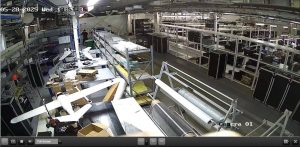
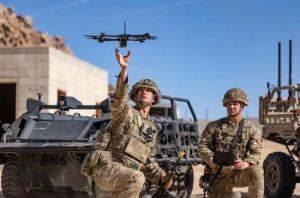


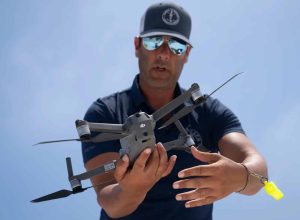

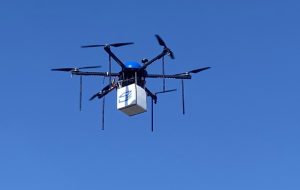

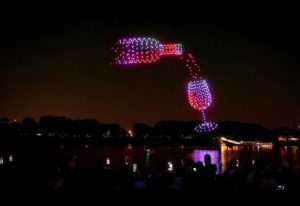


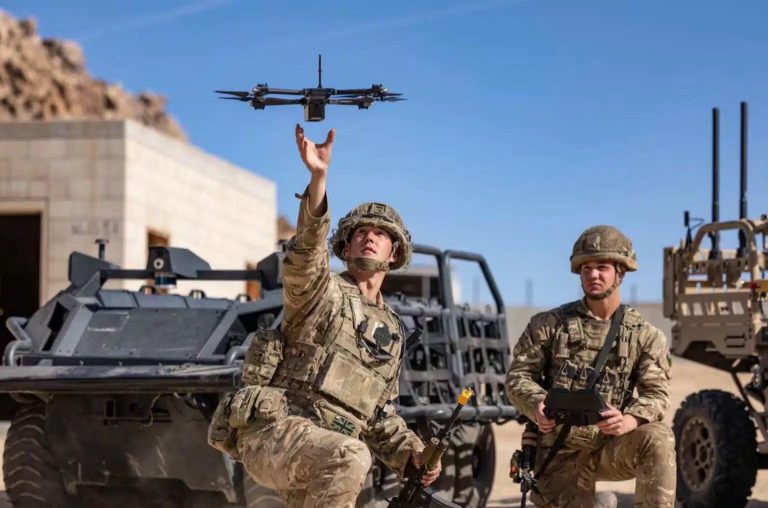


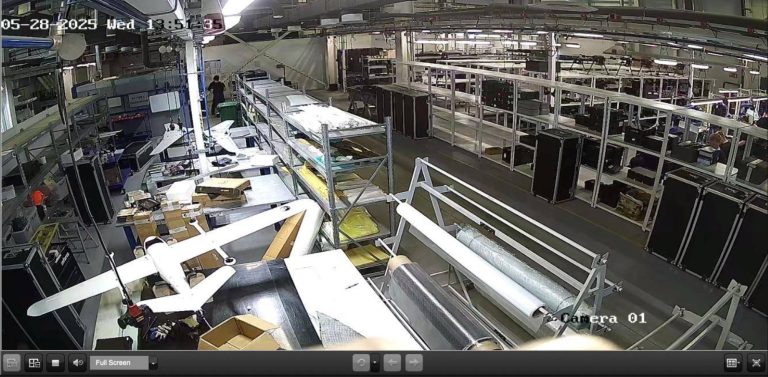

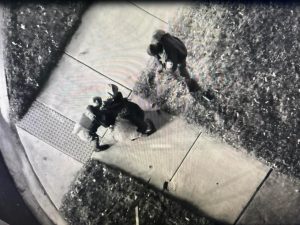
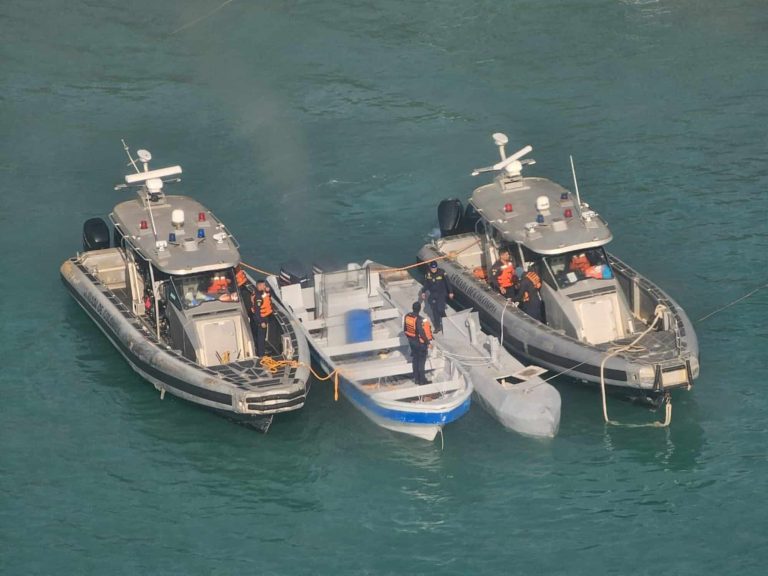
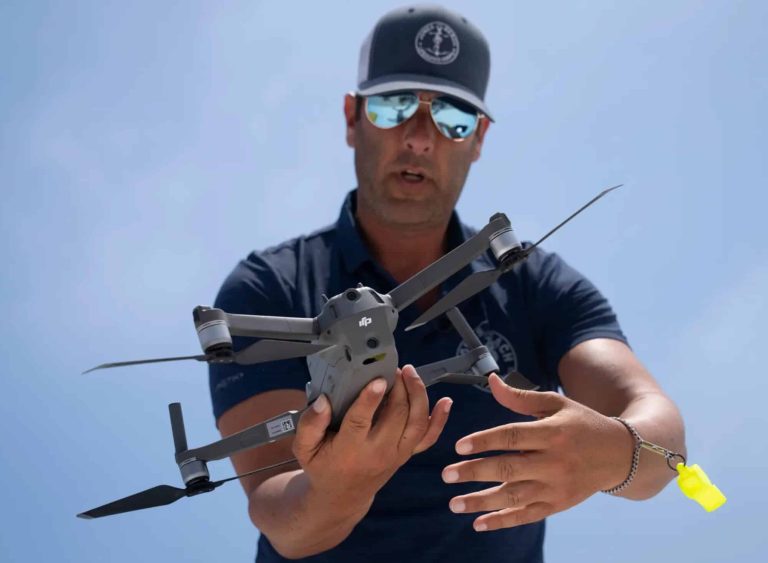


+ There are no comments
Add yours